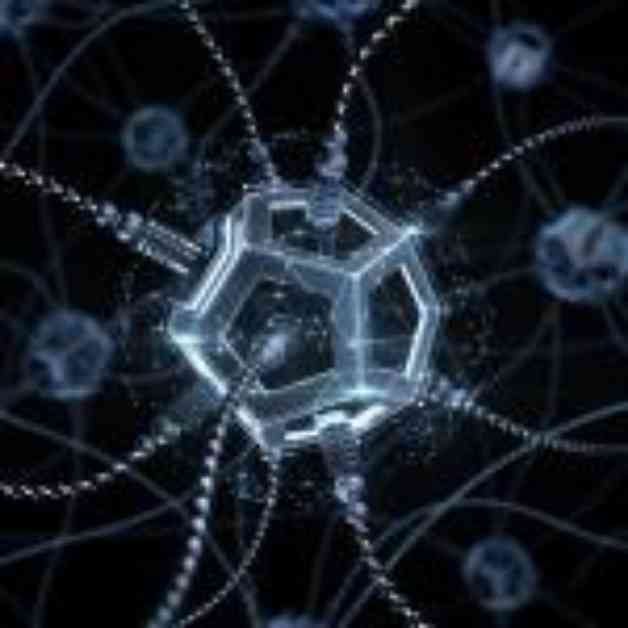A revolutionary AI model has been developed that can predict heat movement in materials at a speed 1,000,000 times faster than traditional methods. This breakthrough technology could lead to significant advancements in energy efficiency within global power grids and other applications.
The majority of energy generated is lost as waste heat, presenting a challenge for electrical engineers looking to improve efficiency. By better understanding the thermal properties of materials, researchers hope to address this issue and optimize energy generation systems.
The team at the Massachusetts Institute of Technology (MIT) has created a new machine-learning framework that can predict the phonon dispersion relation (PDR) up to 1,000 times faster than existing AI techniques and up to 1 million times faster than traditional methods. This advancement could revolutionize power generation systems and microelectronics design where heat management is critical.
Phonons, the particles responsible for carrying heat, are difficult to predict due to their complex behavior. Traditional machine-learning models struggle with the high-dimensional nature of phonon dispersion relations, but the new virtual node graph neural network (VGNN) developed by MIT researchers can efficiently predict phonon behaviors by introducing flexible virtual nodes to the crystal structure.
The VGNN can rapidly estimate phonon dispersion relations and provide slightly greater accuracy in predicting a material’s heat capacity. This efficiency allows for the calculation of phonon dispersion relations for thousands of materials within seconds on a personal computer, potentially speeding up the discovery of materials with superior thermal properties.
Moving forward, researchers plan to enhance the sensitivity of virtual nodes to capture subtle changes affecting phonon structures. This innovative framework not only holds promise for improving energy efficiency but also has the potential to advance the study of optical and magnetic properties, opening new possibilities in material science.
By leveraging AI and machine-learning technologies, engineers and scientists are paving the way for a more energy-efficient future. The implications of this breakthrough extend beyond power generation systems, offering new opportunities to explore various fields of material science and unlock new discoveries.












